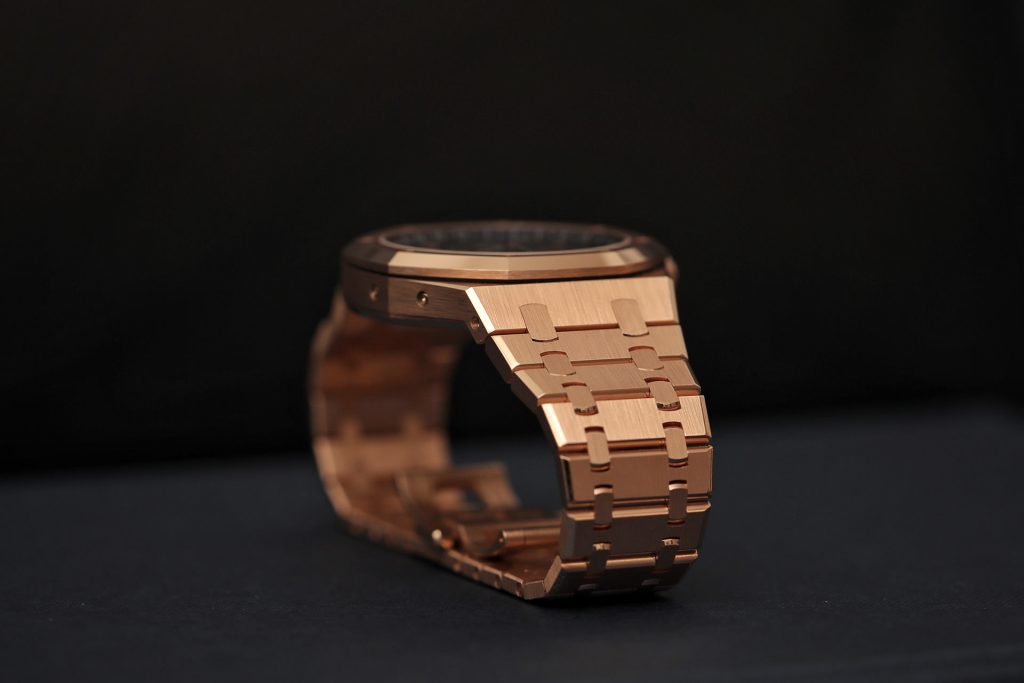
Incidentally, the back has a circular scale for converting between feet and meters. The depth of the six grooves for the tool that’s used to open the case shows just how thick this screw-in caseback really is. The curved, fully threaded caseback protects against penetration by water. First, nothing but a diamond can scratch the crystal’s hard upper surface, and second, the bluish shimmer that’s typically seen on a watch glass with anti-reflective coating on both sides, which always looks a bit awkward on a black watch, does not appear here in any lighting situation. Oris has anti-reflective coating applied only to the underside of the curved sapphire crystal, which results in two advantages. The graduated insert in the bezel is made of scratch-resistant ceramic.

The crown screws shut and is flanked by protectors that guard it against impacts. The very large, 49.5-mm case is made of DLC-coated titanium and stays water resistant to a depth of 1,000 meters, thus offering sufficient reserves for sport and professional divers in any situation. And all operating elements, from the bezel to the crown to the clasp, are designed for excellent user-friendliness. Both the dive-time bezel and the rubber strap are equipped with patented safety mechanisms. With water resistance to a depth of 1,000 meters, the case can withstand extreme stress. Our test watch has all of these properties.


When the going gets tough, for example, when laying a deep-sea cable or repairing a submerged pipeline, it’s a task for the pro - the diver’s gear must withstand higher pressures, offer maximum safety and be easy to operate. We got our hands on the watch for an in-depth review.Ĭomparing the Oris AquisPro Date Calibre 400 to a regular dive watch is very much like comparing a fully equipped professional diver to a recreational scuba diver. Pro as in professional - when it comes to utility, not many modern mechanical dive watches on the market can compete with the new Oris AquisPro Date with the brand’s in-house Caliber 400.


 0 kommentar(er)
0 kommentar(er)
